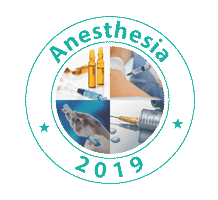Yamin Zheng
Xuanwu hospital-Capital Medical University, China
Title: Nonmetal clip migration after laparoscopic cholecystectomy and bile duct exploration
Biography
Biography: Yamin Zheng
Abstract
Nonmetal clip were applied to ligate cystic duct and gall bladder vessels as an alternation for metal clip in cholecystectomy (LC) and laparoscopic bile duct exploration (LCBDE). This study aims to explore nonmetal clip migration cases after LC or LCBDE and make literature review. This study reported seven cases of nonmetal clip migration into the gastrointestinal tract or bile duct. Combined with previous literature, it was discussed about the possible risk factors, clinical presentations, outcomes and treatment. Six cases of nonmetal clip migration after LC and LCBDE were found, including 3 cases of Hem-o-lock clips and 3 cases of absorbable clips. The incidence rate of nonmetal clip migration was 1.8% (6/326). Among all complications of 51 cases, the complication rate of clip migration was 11.8%. Four clips migration cases were found after LCBDE T-tube Drainage (66.7%) and two after Primary Closure (33.3%). Five patients with clip migration into CBD (83.3%) and two patients with clip migration into duodenum (16.7%). Five patients got clips removed one case was just observed. Literature review showed more cases about nonmetal clip migration. In conclusions, postoperative nonmetal clip migration was not rare after LC and LCBDE. Migrated clip in CBD may perform stone and lead to severe complication. We should pay more attention to correctly apply clips during LCBDE, make strict follow-up and timely treatment after clip migration.

